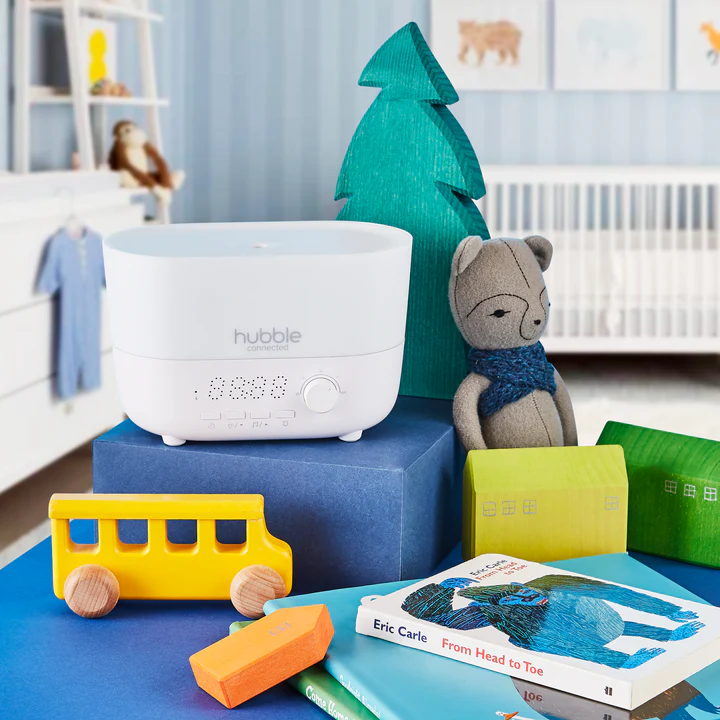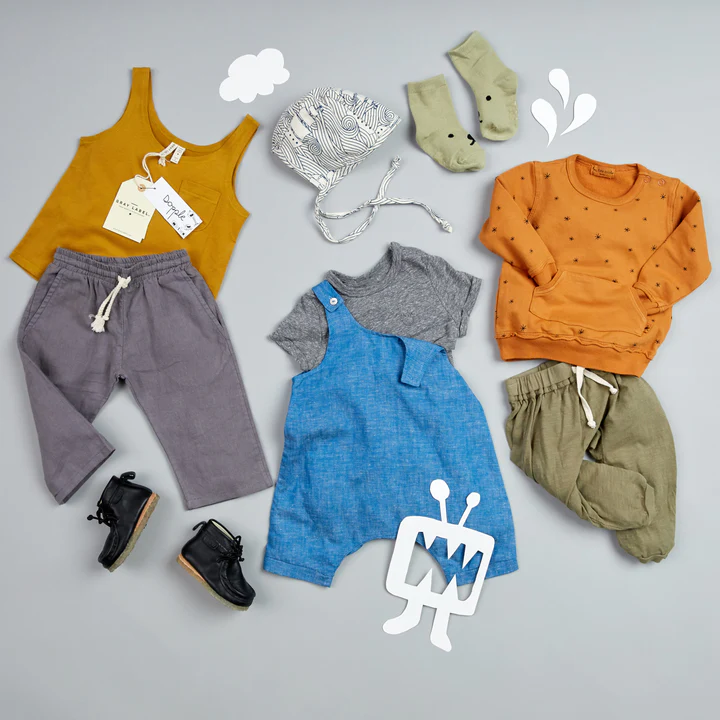As much as we want kids to have fun this spooky season, we also want them to be safe.
It’s 9:27 p.m. on Oct. 31 and your kids just dumped their gigantic piles of candy on the living room floor.
I think we all know what’s about to go down — the annual Halloween candy-sorting extravaganza.
Your oldest is arranging her loot into a color-coded grid that would make any data analyst weep with joy, but your youngest? He's already three Snickers deep with chocolate smeared all over his face.
Same parents. Same genetics. Same trick-or-treat route. Completely different humans.
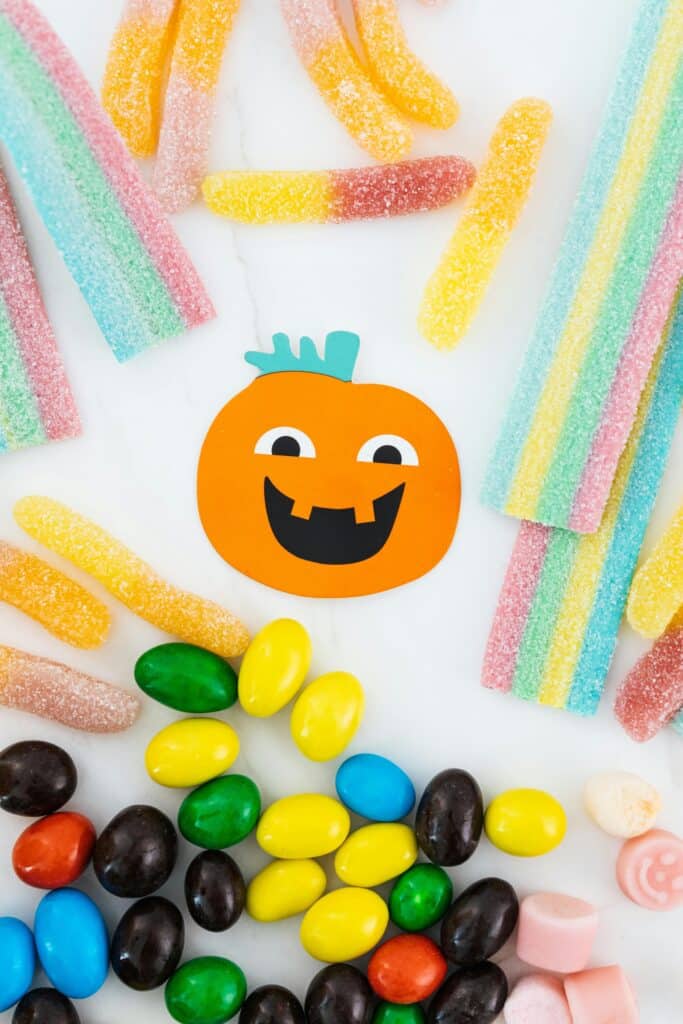
Here's the thing: those thirty chaotic minutes after trick-or-treating aren't just about candy.
While I’m not saying your kid’s Halloween haul is going to predict their career path (though… maybe?), the way they approach that pile of sugar reveals surprisingly real insights into how their little brains work.
READ MORE: From coast to coast — these are the most popular Halloween candies in every state
And, perhaps more importantly, just how different your children are from one another.
So, let’s break this down a little further — and sprinkle in some real psychology along the way — to see if we can find a link between sorting Halloween candy and the many different types of child personalities.
Different Types of Child Personalities — Halloween Candy Sorting Edition
If you have multiple children, then it doesn’t take much to see how different they truly are.
You probably have one that’s a natural-born leader, one that loves to socialize with everyone they come across, one who might seem overly cautious or shy and another who thrives on order and structure.
And nowhere is that contrast more obvious than on Halloween night.
So, let's dive into some of the common candy-sorting personalities that capture the beautiful, messy reality of how kids actually behave when faced with a mountain full of sugar at 9:27 p.m. on Halloween.
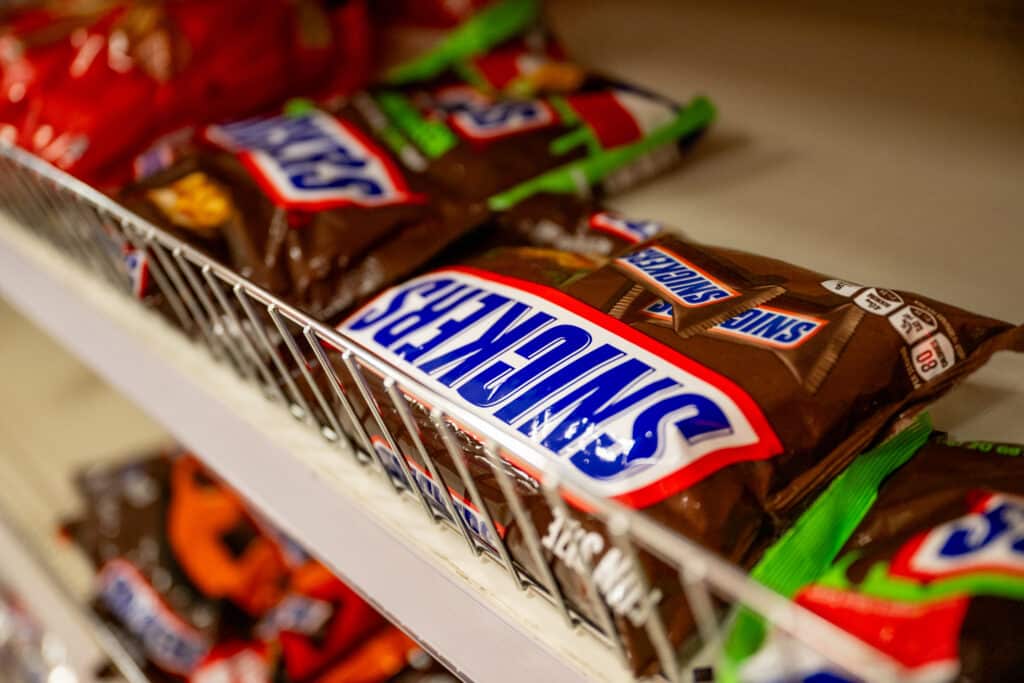
The Taxonomist
Halloween candy-sorting process: Sorts by candy type, then brand, possibly by color
You’ll know you have a Taxonomist when the candy piles start looking like a grocery store shelf display.
Every piece has its proper place, and they’ll make sure of it. Chocolates go in one group, fruity candies in another, then each sub-sorted by brand, size, flavor profile and sometimes even by wrapper color.
This child thrives on order and precision — almost like a mini engineer meets a tiny librarian.
They may not care how much candy they have, only that it’s organized. The Taxonomist finds comfort in structure and a sense of calm in chaos — even if that chaos is covered in sugar.
Your child also probably organizes their bookshelf by title, author AND publication date.
READ MORE: A family-friendly Halloween movie checklist that will keep kids and adults entertained all night
The Economist
Halloween candy-sorting process: Immediately evaluates trade value, creates "keep" vs "trade" piles
The Economist approaches Halloween candy as if it’s a Wall Street deal.
Before a single bite is taken, your child has already assessed market value and is ready to start trading. Reese’s and Kit Kats? High demand. Smarties and Tootsie Rolls? Practically penny stocks.
They divide their stash into “keep,” “trade,” and “low-value” piles and are ready to negotiate with siblings for maximum return. For this child, Halloween isn’t just about candy — it’s an economy of opportunity.
Expect them to draft detailed trade proposals and walk away feeling like they just closed a major deal. After all, in their mind, that’s exactly what they did — and they should be proud of it!
Your child probably has a full piggy bank and is already planning their first startup business.
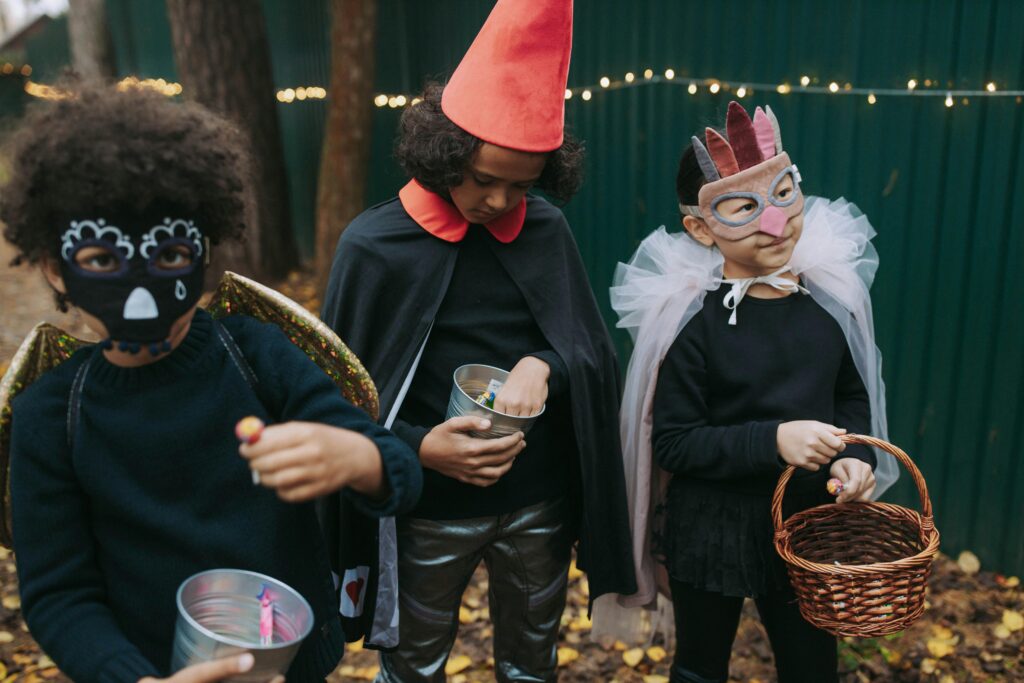
The Hoarder
Halloween candy-sorting process: Won't eat ANY of the candy, just wants to admire their haul
For The Hoarder, Halloween candy isn’t for eating — it’s for admiring.
They treat their haul like a precious collection, not a snack. They spend hours arranging and re-arranging their candy and often marvel at how much they scored, but heaven forbid someone asks for a piece.
The idea of eating it feels wrong, like ruining a masterpiece.
They check on it daily, counting and guarding it like a dragon hoarding treasure. Eventually, the stash starts to vanish — but only because a parent quietly reduces inventory before it fossilizes in the pantry.
Your child probably has 47 untouched erasers in their desk and still won’t use them.
READ MORE: These are the Halloween costumes people are searching for the most this year, according to Google
The Minimalist
Halloween candy-sorting process: Puts their favorites in a pile, then discards the rest
The Minimalist believes less is more — even on Halloween.
While other kids are busy building candy empires, this child swiftly picks out their absolute favorites and declares the rest irrelevant. No hesitation, no clutter, no emotional attachment and no love lost.
They know what they like (and what they don’t) and see no point in keeping the extras.
Their approach is simple, efficient and surprisingly mature — almost like a tiny Marie Kondo in a pumpkin costume. Joy comes not from quantity, but from a perfect, carefully-curated handful of Halloween sweets.
Your child probably has three toys — and they’re all neatly displayed on one shelf in their room.
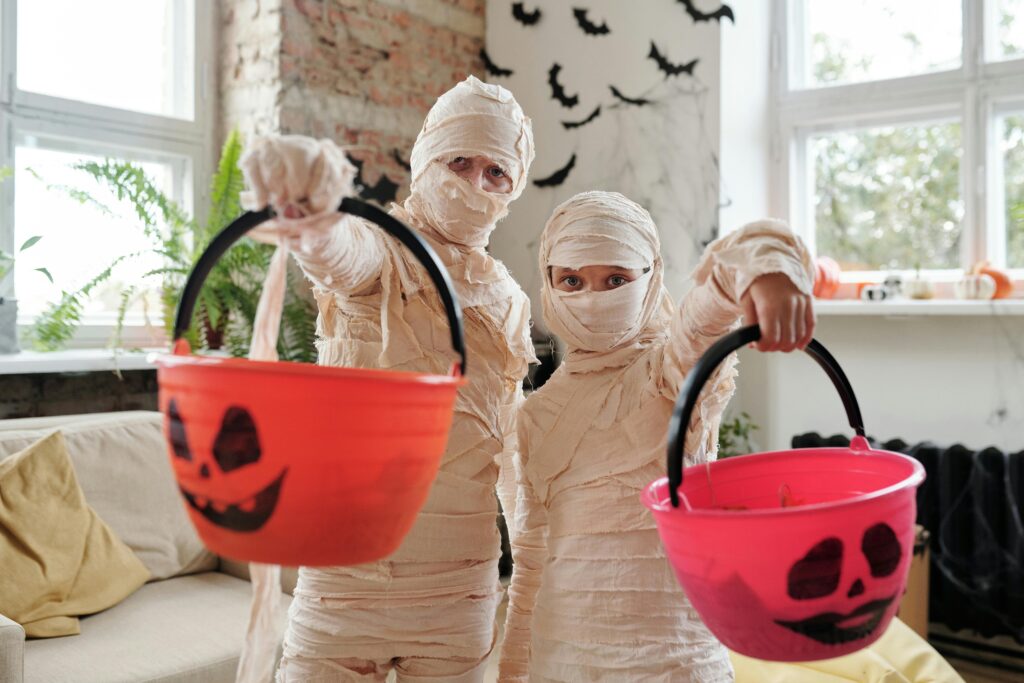
The Philanthropist
Halloween candy-sorting process: Distributes "fairly" among family members first, enjoys what’s left
For The Philanthropist, Halloween candy is a community effort.
This child isn’t just thinking about themselves — they’re thinking about everyone. The moment they dump out their haul, they start dividing it up “fairly” among siblings, parents and maybe even the family pet.
Just make sure they understand that dogs and cats can’t eat candy.
They take genuine joy in making sure everyone gets a piece of the fun before enjoying what’s left for themselves. Their generosity knows no bounds — unless someone takes too much without asking.
Your child probably asks Santa Clause for world peace — and genuinely means it.
READ MORE: Fun Halloween activities the whole family can enjoy together this spooky season
The Chaos Agent
Halloween candy-sorting process: No organization needed, but definitely steals from other piles
For The Chaos Agent, Halloween candy-sorting is less of a system and more of a spectacle.
This child thrives in pure, sugar-fueled anarchy. While everyone else is busy making neat little piles, they’re too busy “sampling” the goods — theirs, yours, their sibling’s, and probably the neighbor’s too.
Candy wrappers fly, rules don’t exist and somehow they end up with chocolate on their elbows.
They’re not interested in order or logic — they’re here for the thrill of the moment. Sorting their Halloween candy? Overrated. Stealing from everyone else’s piles when they’re not looking? Practically a sport.
Your child probably calls it “sharing” when they take the last cookie — and convinces everyone to agree.
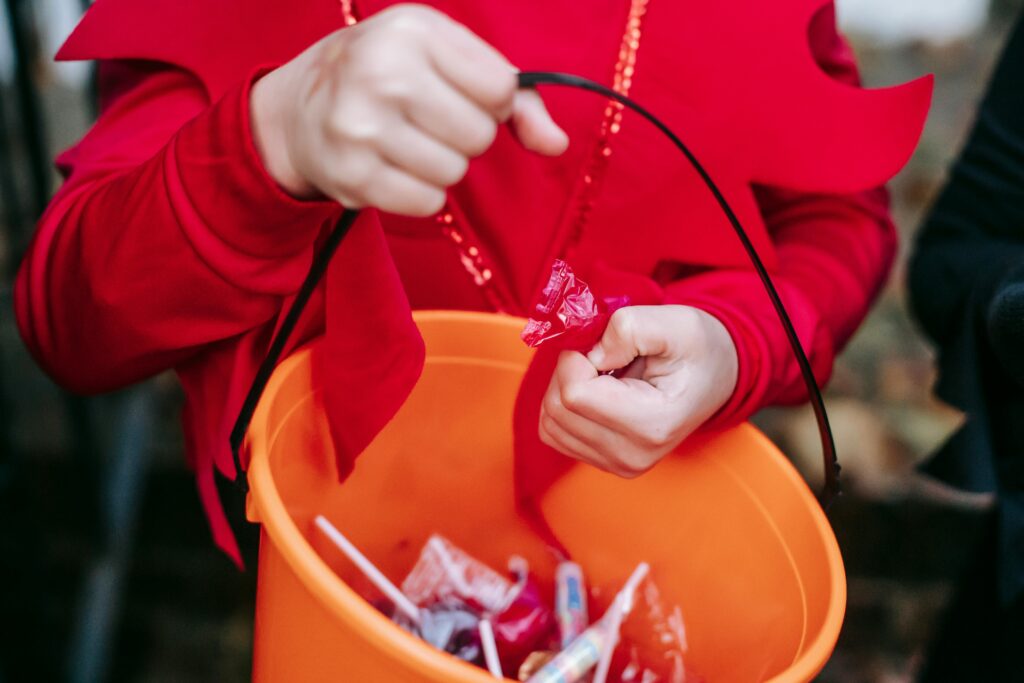
The Quality Controller
Halloween candy-sorting process: Sorts by quality, discards whatever doesn’t meet their standards
For a Quality Controller, sorting is a high-stakes inspection process — and not every treat makes the cut.
This child takes their role seriously, examining each piece with the scrutiny of a food critic at a five-star restaurant. Any candy deemed “low quality,” “too sticky,” or “weirdly off-brand” is swiftly eliminated.
They’ll keep only the best of the best — the crème de la crème of confections.
Presentation matters, and subpar candy simply doesn’t belong — because why waste time on anything less than premium? They might even build a Halloween candy display worthy of a Reese’s commercial.
Your child probably refuses off-brand cereal and has very strong opinions come dinner time.
READ MORE: Fun Halloween crafts that spark creativity and learning for kids of every age this spooky season
Other Child Personality Types — From a Scientific Point of View
Every child is unique. And their personality type is likely to change as they grow older.
While the science behind the many different types of child personalities is ever-evolving, psychologists have identified consistent patterns in how kids organize, process and approach tasks and ideas.
And, yes, these patterns can be observed through your child’s Halloween candy-sorting habits.
One of the oldest theories was proposed by Hippocrates, an ancient Greek physician who introduced the four temperament theory — a concept that was later refined by Roman physiologist Galen.
Today, those four child personality types are: choleric, sanguine, melancholic and phlegmatic.
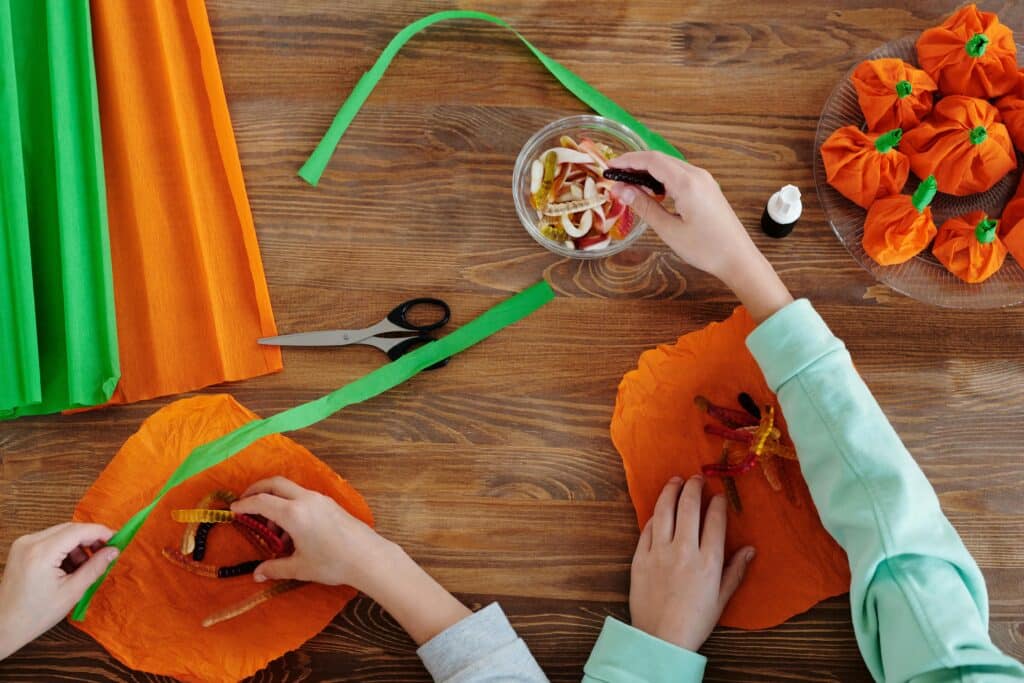
Choleric personality type
A child who exhibits the choleric personality type is often considered the dominant child.
Choleric children are natural leaders who like to be in charge. They’re often goal-oriented, assertive, competitive, strong-willed and confident children who make decisions based on logic and analytics.
As for how they might sort their candy, a choleric child:
- Sorts with purpose and speed
- Sets aside their favorites first, then organizes by trade value
- Is protective of their pile and will defend it fiercely if a sibling reaches over
- Compares their pile to everyone else’s — and believes theirs is the best pile
- May initiate trades, but only on their terms with clear expectations
- Gets visibly frustrated if the sorting takes too long or if someone disrupts their system
- Might tell other siblings they’re sorting their pile wrong if it’s not done their way
Don’t be surprised if your choleric child turns the Halloween candy-sorting process into a competition — and they might even try to organize everyone else's pile in an effort to make sure it’s done “the right way.”
READ MORE: A South Carolina family’s spooky Halloween setup is so realistic it’s sparking 911 calls
Sanguine personality type
A child who exhibits the sanguine personality type is often considered the expressive child.
These kids are the most social of the group. They’re imaginative, playful, talkative, active and carefree risk-takers who love a good adventure and often move with optimism — though they distract easily.
When it comes to sorting Halloween candy, a sanguine child:
- Starts sorting enthusiastically but gets distracted halfway through
- Talks nonstop about their trick-or-treating adventures while handling each piece
- Wants to share their candy with everyone immediately, including siblings and parents
- Makes up games or stories about the candy rather than organizing systematically
- Loses interest in sorting once they've eaten a few of their favorites
- Is more excited about showing off their costume or recounting funny moments than the candy
Don’t be surprised if your sanguine child doesn’t organize their Halloween candy at all and keeps it in the same boo bucket it was collected in. Chances are they’re already moving on to their next adventure.
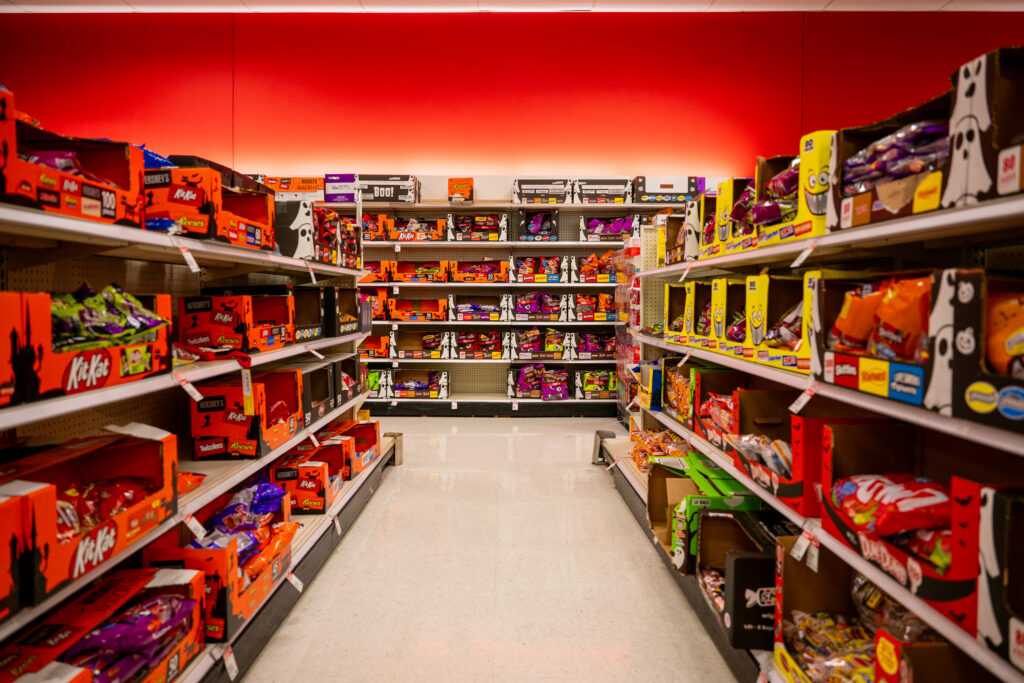
Melancholic personality type
A child who exhibits the melancholic personality type is considered the analytical child.
Melancholic children are highly-detailed in everything that they do and love structure. They’re analytical, reflective, deep-thinkers who set high standards for themselves (and others) and often desire perfection.
When sorting their Halloween candy, melancholic children:
- Create detailed categories with subcategories (chocolate bars by brand, then by size)
- Take their time examining each piece carefully before placing it in the correct pile
- May actually count their candy and record the totals
- Notice and point out any damaged wrappers or "inferior quality" pieces
- Set impossibly high standards for what counts as "good" candy
- Might create a written inventory or ranking system
- Express disappointment about houses that gave out "subpar" treats
- Prefer to sort alone without interruptions or input from siblings
Don’t be surprised if your melancholic child immediately starts calculating which houses gave out the best candy and suggests that they prioritize those houses next year in an effort to maximize their future hauls.
READ MORE: You might think it’s too soon for Halloween decorations — but your neighbors clearly disagree
Phlegmatic personality type
A child who exhibits the phlegmatic personality type is considered to be the peaceful child.
Phlegmatic children maintain a steady and consistent emotional state and value peace and harmony. They go to great lengths to avoid conflict and confrontation, but often struggle to make hasty decisions.
As for how they might sort their Halloween candy, a phlegmatic child:
- Takes a calm, unhurried approach without the rush or drama
- Asks siblings what system they're using before deciding on their own
- Is willing to share without fuss, even if not asked to
- Avoids making trade offers to prevent potential conflict (would rather just give it away)
- May sort in simple, basic categories rather than complex systems
- Goes with the flow if a sibling suggests a different sorting method
- Waits patiently for their turn if multiple kids are sorting in the same space
- Doesn't get upset about smaller candy quantities or "bad" candy
- May need gentle encouragement to actually start sorting at all
Don’t be surprised if your phlegmatic child is the last one finished when sorting their candy — so much that they might sort it at a later date to give themselves time to consider how they want to sort it all out.
ALSO ON MOD MOMS CLUB: Here’s why you might see different colored pumpkins this spooky season — from teal to pink!
The next time your home turns into a candy-covered battlefield, take a moment to watch the magic unfold.
Those tiny decisions — what to keep, what to trade, what to toss — offer a glimpse into who your kids are becoming and reveal a lot about how they see the world and how they’ll one day navigate it on their own.
Whether you’ve got a leader, dreamer, negotiator, or full-blown chaos agent in the mix, remember: it’s not about the candy. It’s about watching their personalities shine through — one fun-sized piece at a time.








